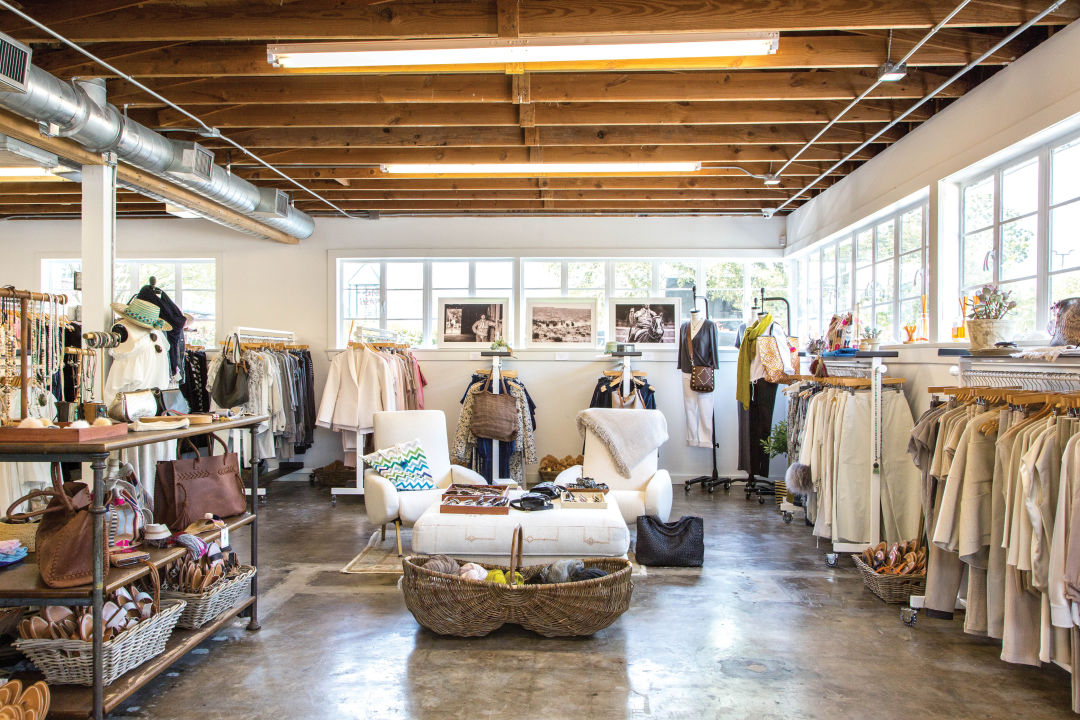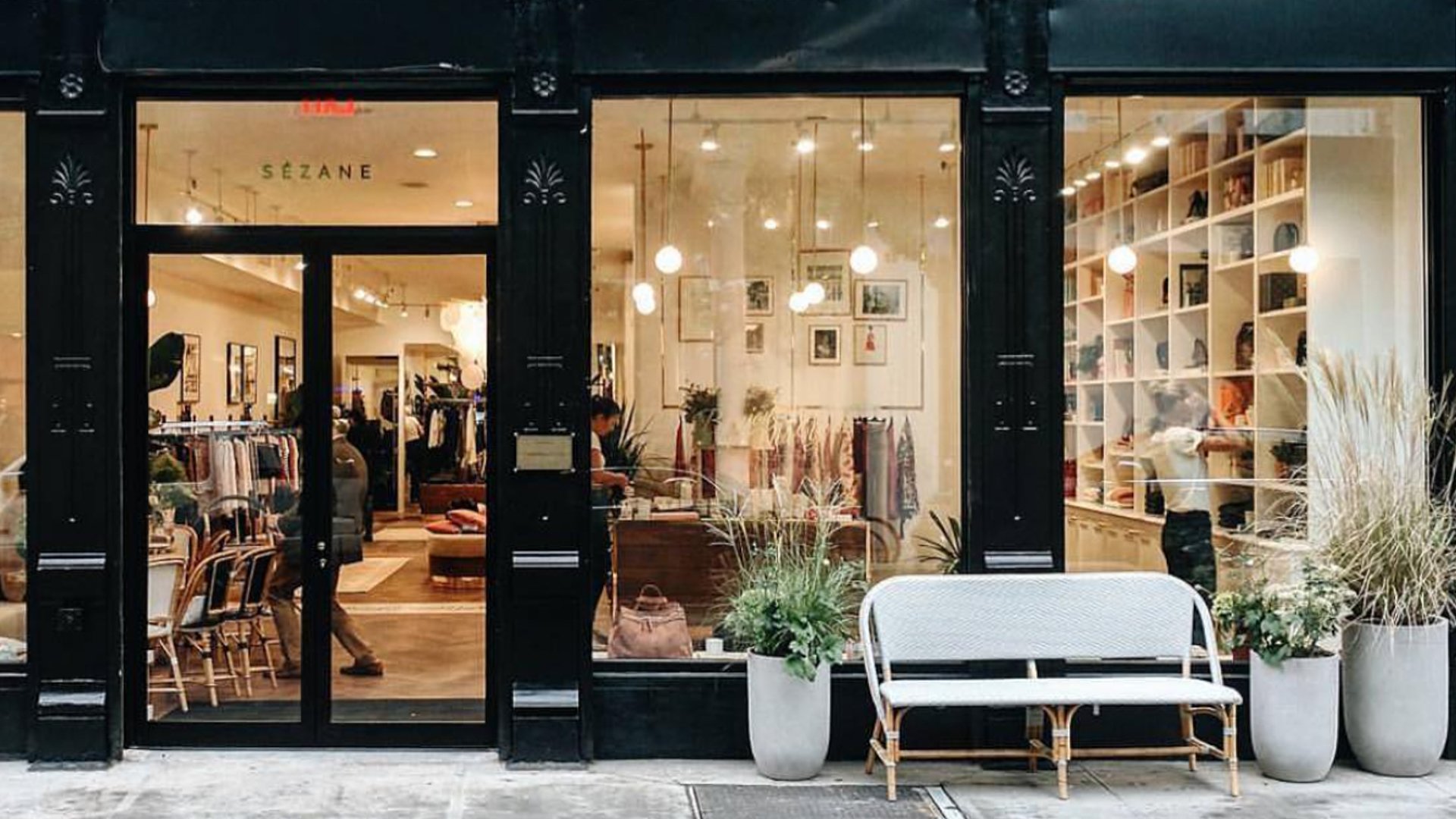The Effect of Social Media on Today's Boutique Fashion Trends
The Effect of Social Media on Today's Boutique Fashion Trends
Blog Article
A Deep Dive Into the World of High-Fashion Runways: Recognizing Clothing as Art
Designers, a lot like skillful musicians, weave complex narratives through kind, shade, and textile, challenging typical standards and redefining charm requirements. As we check out these sartorial eyeglasses, we must contemplate: what duty does style play in forming social values, and exactly how does it show the ever-changing tapestry of human feeling and identity?
The Advancement of Runway Shows
The trajectory of runway programs has actually changed considerably over the decades, evolving from exclusive market events to exciting spectacles that blend style with art. Generally, path programs made love affairs, kept in ateliers or tiny venues, primarily attended by purchasers and industry experts. These early presentations concentrated on the garments' craftsmanship and business practicality, offering a direct and functional display screen of seasonal collections.
As the style industry expanded, the nature of runway shows began to alter. The 1970s and 1980s marked a turning point, with developers seeking to identify themselves with even more staged discussions.
Recently, innovation and social media have even more revolutionized runway shows, making them accessible to a global target market. Livestreaming and electronic systems have equalized fashion, permitting lovers worldwide to witness these occasions in real-time (boutique fashion). This advancement mirrors a more comprehensive cultural change, where high-fashion runways function as a vibrant junction of efficiency, design, and development
Designers as Enthusiast Artists
Developers in the high-fashion industry have blurred the lines in between useful garment production and the theoretical world of art. By embracing creative techniques such as sculpture, paint, and progressive installations, designers craft garments that challenge typical fashion standards and raise them to art forms.
Visionary developers draw ideas from a myriad of resources, including abstract art, historic references, and individual narratives. They possess a special capability to picture and appear ideas that press the borders of standard style, frequently redefining visual standards at the same time. This creative resourcefulness is showcased with remarkable silhouettes, innovative materials, and elaborate craftsmanship, which invite viewers to experience fashion as greater than simply wearable items.
Moreover, the path acts as a canvas for these musicians, where illumination, songs, and established layout coalesce to produce immersive experiences. These presentations are not merely screens of clothes but are coordinated performances that evoke emotion and prompt thought, affirming the developer's duty as a real musician in the contemporary cultural landscape.
Cultural Influences in Fashion
Social tapestry weaves its detailed patterns right into the fabric of style, influencing designers around the world. The dynamic interchange of social stories, practices, and signs educates and motivates collections that poise high-fashion paths. Developers thoroughly draw from their heritage or involve with societies distinctive from their very own, crafting garments that serve as visual stories. This cultural dialogue not just improves the aesthetic diversity yet also cultivates a much deeper understanding and recognition of worldwide identities.
The influence of society on fashion is commonly seen in the reinterpretation of standard garments and patterns. The use of Japanese kimonos, Indian saris, or African prints in contemporary fashion mirrors a blend of cultural authenticity and modern looks. Developers such as Valentino's Pierpaolo Piccioli and Alexander McQueen's Sarah Burton have been recognized to integrate rich social concepts right into their couture collections, equating background into wearable art.

Innovation in Fabric and Design
Development in material and layout continually reshapes the landscape of high-fashion, pressing borders and redefining opportunities. In the last few years, technical advancements have actually substantially added to this advancement, presenting products that challenge standard understandings. Textiles embedded with wise fibers, with the ability of changing color or controling temperature, are no more restricted to the world of sci-fi. Developers are increasingly exploring the integration of innovation, such as 3D printing, which enables the creation of complex structures that were previously inconceivable.
Furthermore, sustainability has ended up being an essential theme official site in material innovation. The fashion business is seeing a rise in the use of environmentally friendly products, originated from recycled plastics, natural fibers, and even eco-friendly components. These developments not just supply new structures and visual appeals however likewise address vital ecological concerns. Designers are accepting these materials to craft garments that are both visually striking and conscious of their eco-friendly footprint.
In regards to style, progressive silhouettes and experimental types are constantly changing the runway. By integrating unusual materials and advanced strategies, designers cultivate garments that obscure the line between style and art, setting brand-new criteria for creative thinking and expression in the high-fashion round.
Effect of Fashion on Society
Fashion possesses a profound impact on culture, acting as both a reflection of social identity and a driver for social adjustment. Through its development, style has mirrored societal shifts, encapsulating the zeitgeist of different eras. For circumstances, the flapper dresses of the 1920s personified a newly found feeling of females's freedom, while the vibrant prints of the 1960s resembled the innovative spirit of the moment. High-fashion paths, in particular, work as systems for challenging norms and redefining beauty criteria. Designers make use of these locations to attend to pressing social problems, from sustainability to diversity, thereby forming public discourse.
In addition, fashion has the power to bridge cultural gaps, promoting understanding and gratitude among varied groups. As globalisation increases, the cross-cultural exchange of style ideas ends up being progressively significant, promoting inclusivity and variety. The surge of streetwear, originating from urban subcultures, shows exactly how fashion can transcend socio-economic borders, approving people a means of self-expression and empowerment.
In significance, fashion is not simply regarding appearances; it is a dynamic force that affects worths, mindsets, and top article social progress (boutique fashion). By constantly connecting with cultural and social currents, style remains an integral part of the cumulative human experience

Final Thought
High-fashion paths function as vibrant arenas where apparel transcends performance to end up being an expressive art form. Developers, comparable to visionary artists, coordinate collections that mirror identification, feeling, and cultural narratives, challenging conventional looks. The blend of innovative fabric and design, paired with sophisticated set layouts, illumination, and music, develops immersive experiences that commemorate social diversity. This junction of fashion and creativity not only mesmerizes target markets around the world yet also influences social perceptions and advertises a deeper admiration for see this page multiculturalism.

Social tapestry weaves its complex patterns into the material of fashion, affecting developers worldwide.Fashion wields an extensive influence on society, serving as both a representation of social identity and a catalyst for social change.
Report this page